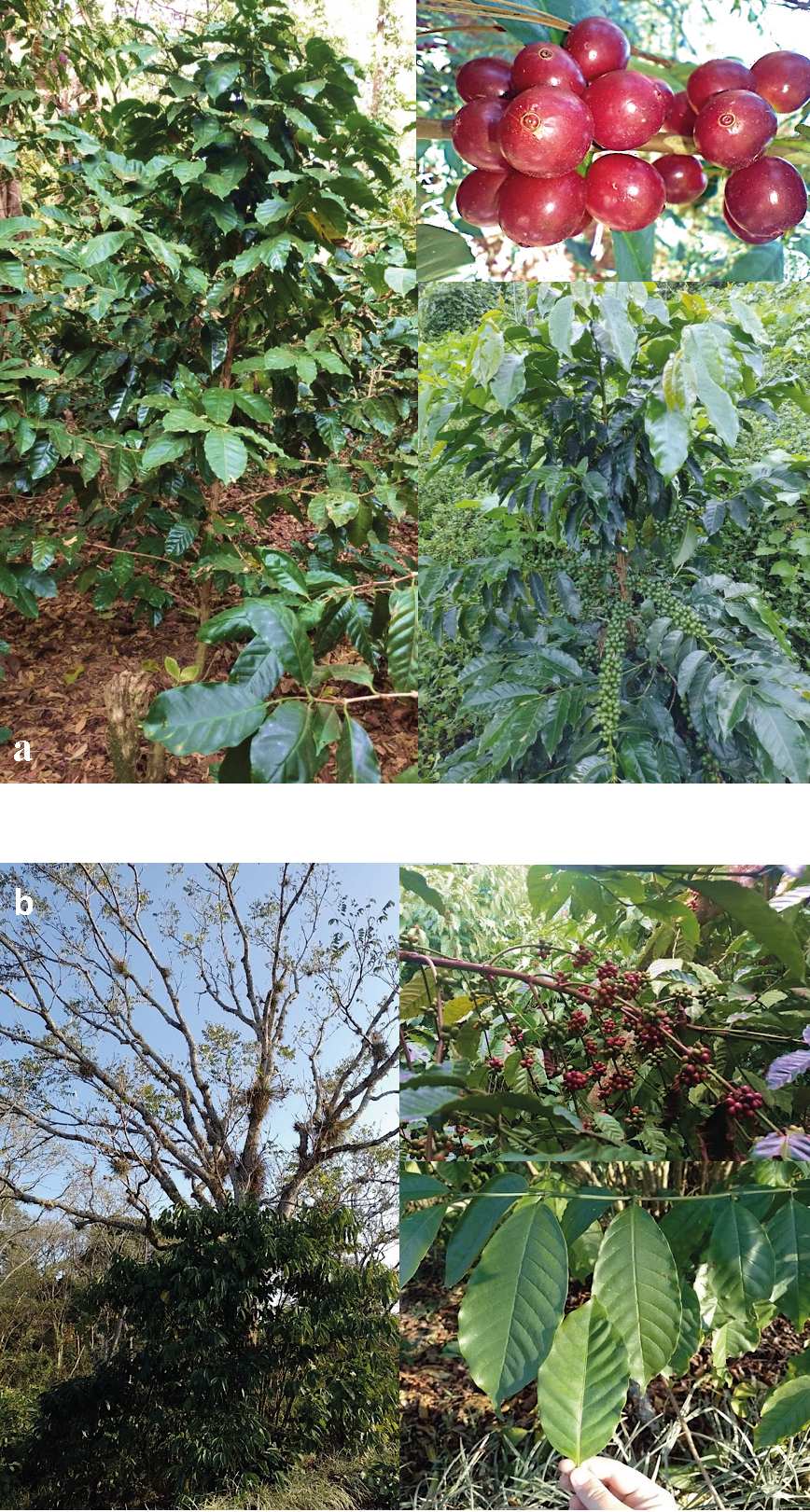 |
|
The present review is focused to know the origin of the coffee drink, its agroindustrial position in Mexico and the world, and the importance of its biological effects on human. Coffee is native of Ethiopia and it was used in Arab countries as food and as a fermented beverage due to its stimulating effect. Over the years the “Moka” infusion of green and/or roasted beans became popular in Europe. The genus Coffea (Rubiaceae) comprises more than 100 species of which the best known are C. arabica and C. canephora and their hybrids Colombia, Oro Azteca and Costa Rica 95, which are resistant to the rust fungus. The predominant commercial production (70%) and infusion drinking is of C. arabica due to its cup quality, low caffeine content and fine aroma, on its part C. canephora is mainly used as a base for instant coffee. The main consumers are the United States and countries of the European Union, while the main producers are Brazil and Vietnam. Mexico is the tenth largest producer, with Chiapas being the major producer and Guerrero standing out for its organic and specialty coffee by indigenous communities. Coffee beans are rich in phenolic compounds such as chlorogenic acids (CGAs) and alkaloids like caffeine and trigonelline, their contents are reduced after the beans are roasted. Trigonelline and CGAs confer aroma, bitterness and astringency to coffee. The main biological effects of CGAs are antioxidant, anti-inflammatory and antidiabetic, and caffeine is a neurostimulator.
Keywords: chlorogenic acid, anti-inflammatory, antidiabetic, coffee, caffeine, Coffea.
|
|
 |

